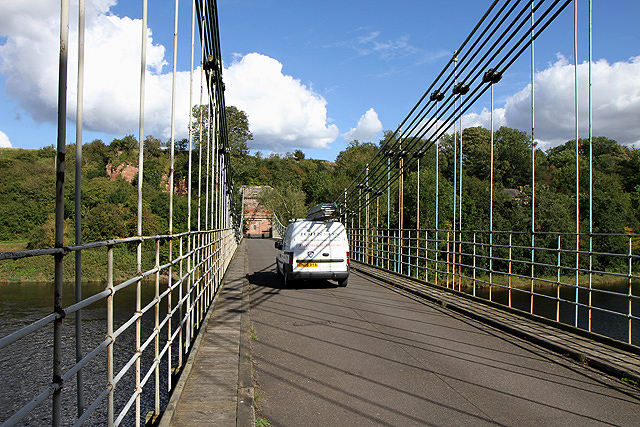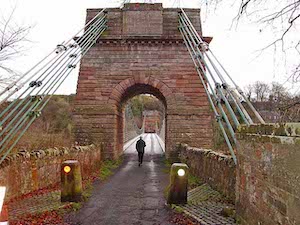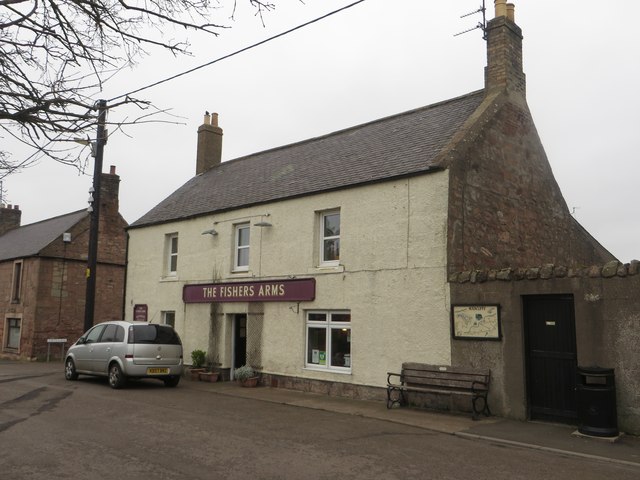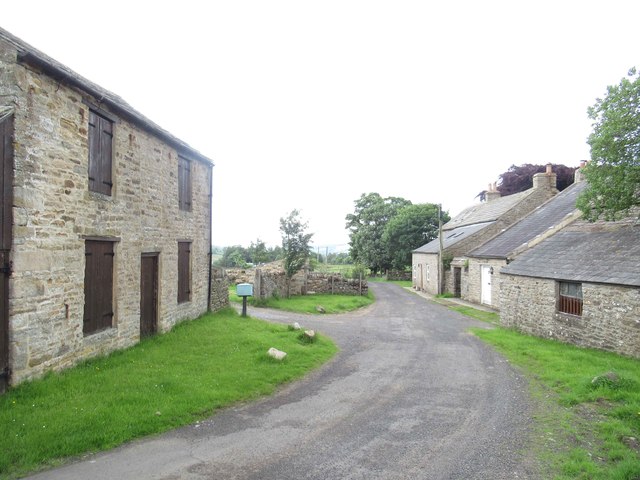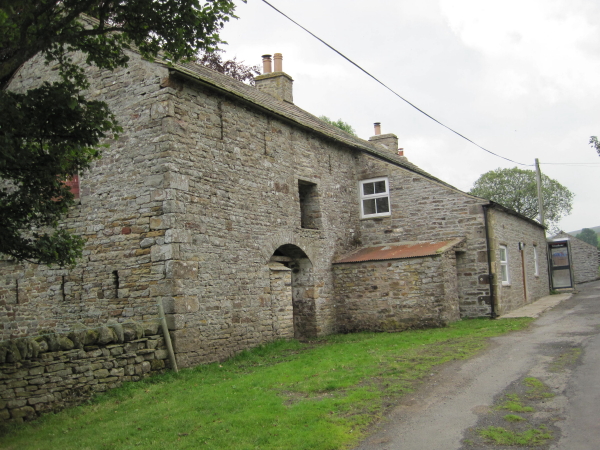The Union Chain Bridge

-
Description
"This bridge spanning the River Tweed was built by Captain Samuel Brown RN in 1819-20 and it was the first suspension bridge in the world designed to carry vehicles. It was officially opened on 26th July 1820 at a cost of £7,700 and it is the oldest surviving iron suspension bridge in Europe. The bridge is a Grade 1 listed building and a Scheduled Ancient Monument. The span of the suspension chains is 137m (447 feet). Tolls were abolished in 1883 and the Tollhouse removed in 1955, although some of the façade is incorporated into the anchorage wall on the English side. There is a support tower with an archway on the Scottish side of the river. This is a view towards the east end of the bridge and the English side. My father used to travel to Berwick-upon-Tweed once a week from Galashiels on business and I would sometimes accompany him when I was a boy. On the way back I would ask if we could go by the ‘rattly’ bridge just to hear the sound of the car wheels rattle over the timber decking. 50 years later I drove my own car over the bridge after taking some photos for geograph but there was no noise due to a layer of tarmac on the decking." Photo by Walter Baxter, 2011. -
Owner
Walter Baxter -
Source
Geograph (Geograph) -
License
What does this mean? Creative Commons License
-
Further information
Link: http://www.geograph.org.uk/photo/2594989
Resource type: Image
Added by: Simon Cotterill
Last modified: 7 years, 11 months ago
Viewed: 721 times
Picture Taken: 2011-09-08 -
Co-Curate tags
